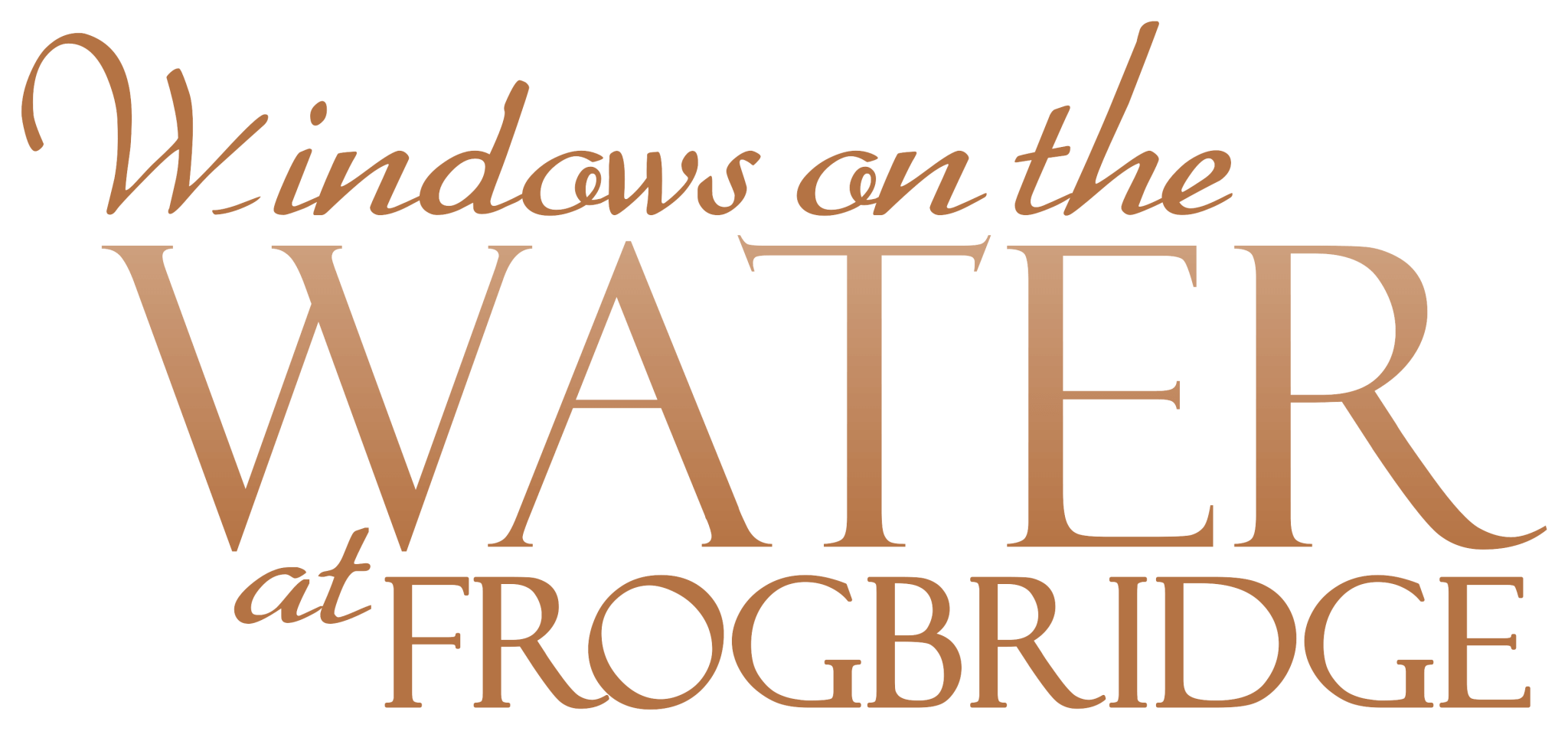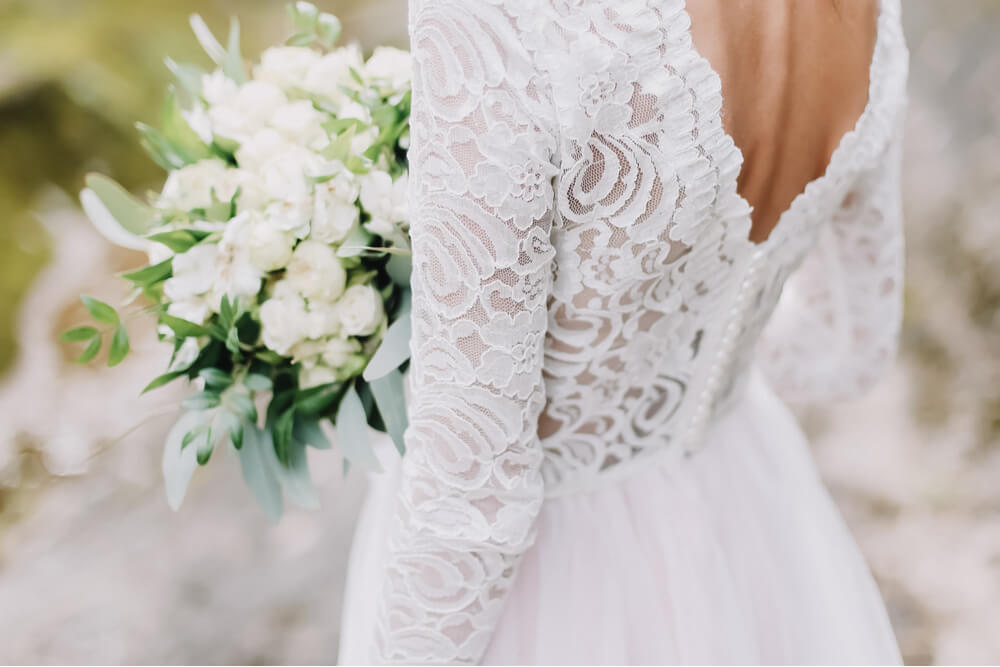If you’ve attended a wedding or two, you’ve probably noticed some common traditions—white wedding dresses, exchanged rings, and decorative cakes, to name a few. Nearly every aspect of modern weddings has some sort of underlying symbolism and significance. Much of contemporary wedding planning borrows from ancient traditions. Here are some of the ancient wedding trends that are still alive today.
Wedding Veils
Veils are a classic addition to any wedding dress. While wedding attire trends have evolved over the years, veils remain a fun finishing touch for most brides. Wedding historians say that veils are the earliest staple of the bridal set. In ancient times, brides wore veils as a symbol of their purity and modesty. As time went on, veils were used by medieval cultures to protect brides from evil spirits. Today, the veil has evolved from its protective origins to an aesthetic accessory brides love.
White Wedding Dresses
At her wedding to Prince Albert, Queen Victoria wore a white lace dress adorned with orange flower blossoms. Her dress became the obsession of the time and popularized the trend of white wedding dresses, which remains the go-to choice today. At the time of Queen Victoria’s wedding, the industrial revolution was in full swing, and the rise of photography and magazines played an influential role in spreading the trend of white gowns. Photographers preferred brides who wore white since it created an appealing contrast in black and white photos. Additionally, magazines popularized the trend by featuring brides in white gowns on their covers.
Wedding Rings
The first recorded exchange of wedding rings is found in Egyptian scrolls that date back over 3,000 years. The scrolls show a couple presenting each other with rings constructed from hemp or water reeds. Over time, other ancient cultures incorporated an exchange of rings into their wedding ceremonies. In Ancient Rome, grooms would present their brides with iron rings. The durability of the iron symbolized the strength of a couple’s relationship. Romans would wear their wedding rings on the fourth finger because they believed this finger housed the “vena amoris,” or the vein of love. While today’s wedding rings are made from much pricier materials than reeds, the symbolism of commitment and strength carry on.
Wedding Cakes
In Ancient Rome, wedding ceremonies concluded with the groom breaking a loaf of barley over the bride’s head to symbolize the couple’s fertility. Wedding guests would rush to pick up the crumbs for good luck. During medieval times, couples placed their own twist on the Roman tradition. Medieval weddings concluded in the bride and groom trying to share a kiss over a towering stack of spiced buns. If they could kiss without knocking over the stack, it was believed they would enjoy a prosperous life together. Over time, royal weddings incorporated lavish wedding cakes with frosting and decoration, which are still enjoyed at contemporary weddings.
Tossing the Bride’s Bouquet
The origin of the bride tossing her bouquet to her bridesmaids dates back to Medieval England. During wedding ceremonies, bridesmaids would try to rip pieces of the bride’s wedding dress and bouquet for good luck. To escape from the crowd of women, the bride would run away and toss her bouquet. Today, brides enjoy tossing their bouquets to their single friends. Whoever catches the bouquet is believed to be the next woman to get married.
Plan Your Outdoor Wedding with Windows on the Water
Windows on the Water is an established wedding venue with 86 acres of whimsical forestry in Central Jersey. Our venue offers the ideal setting for the wedding of your dreams. Whether you are looking to plan an outdoor wedding or an intimate tent reception, we can help you create a romantic backdrop for your special day. Call (609) 208-9475 or complete our contact form to talk with our expert wedding and event staff about planning your wedding.

